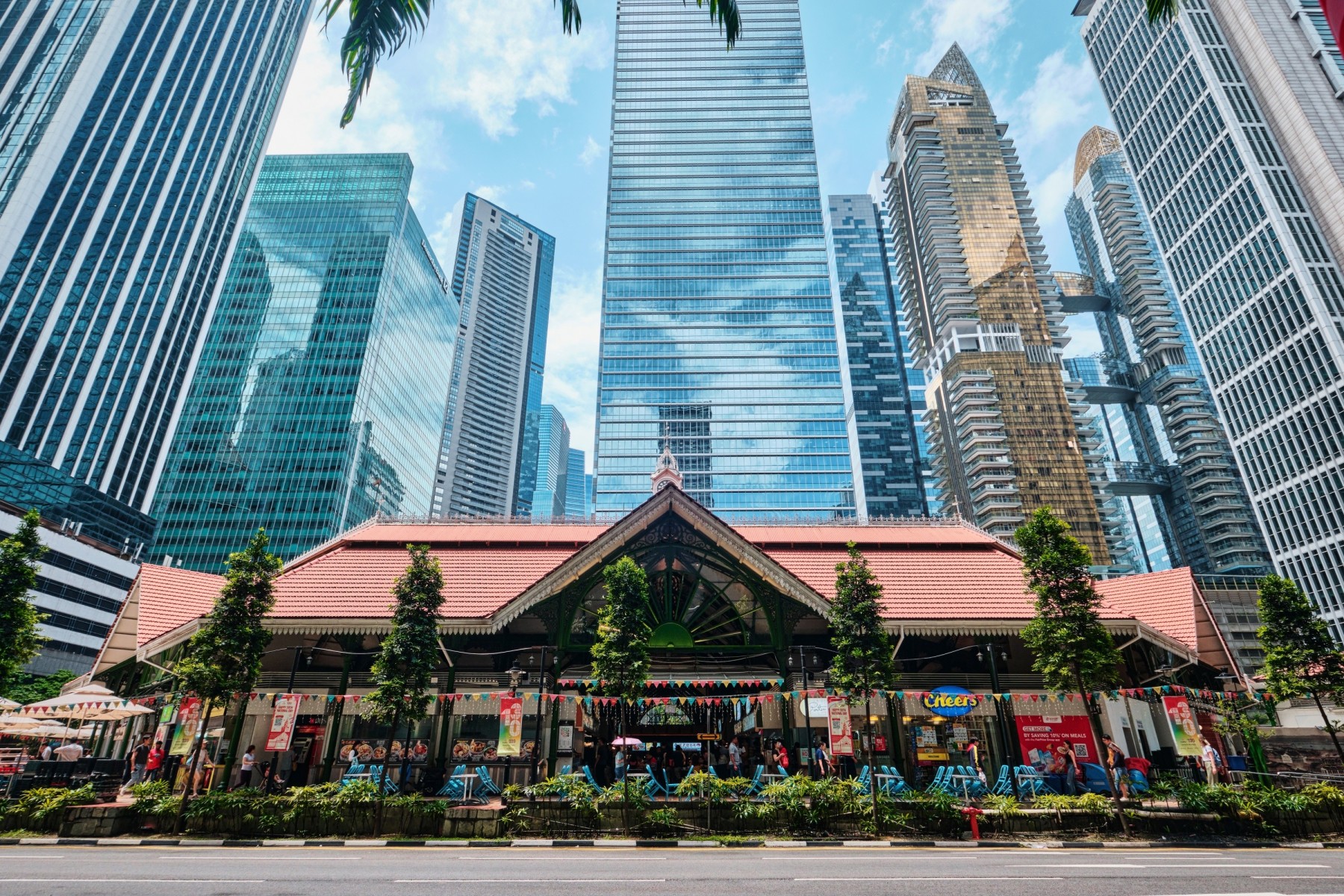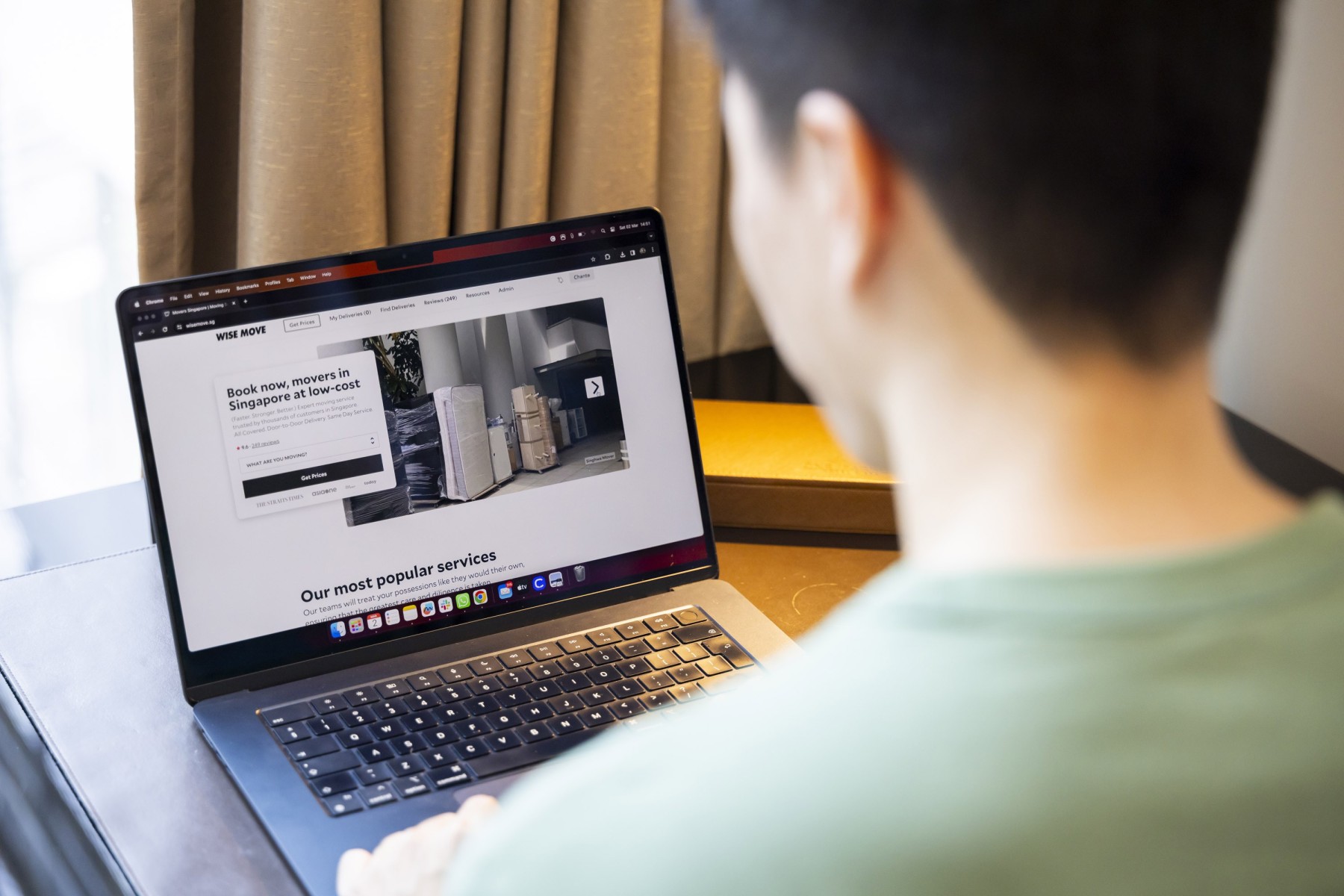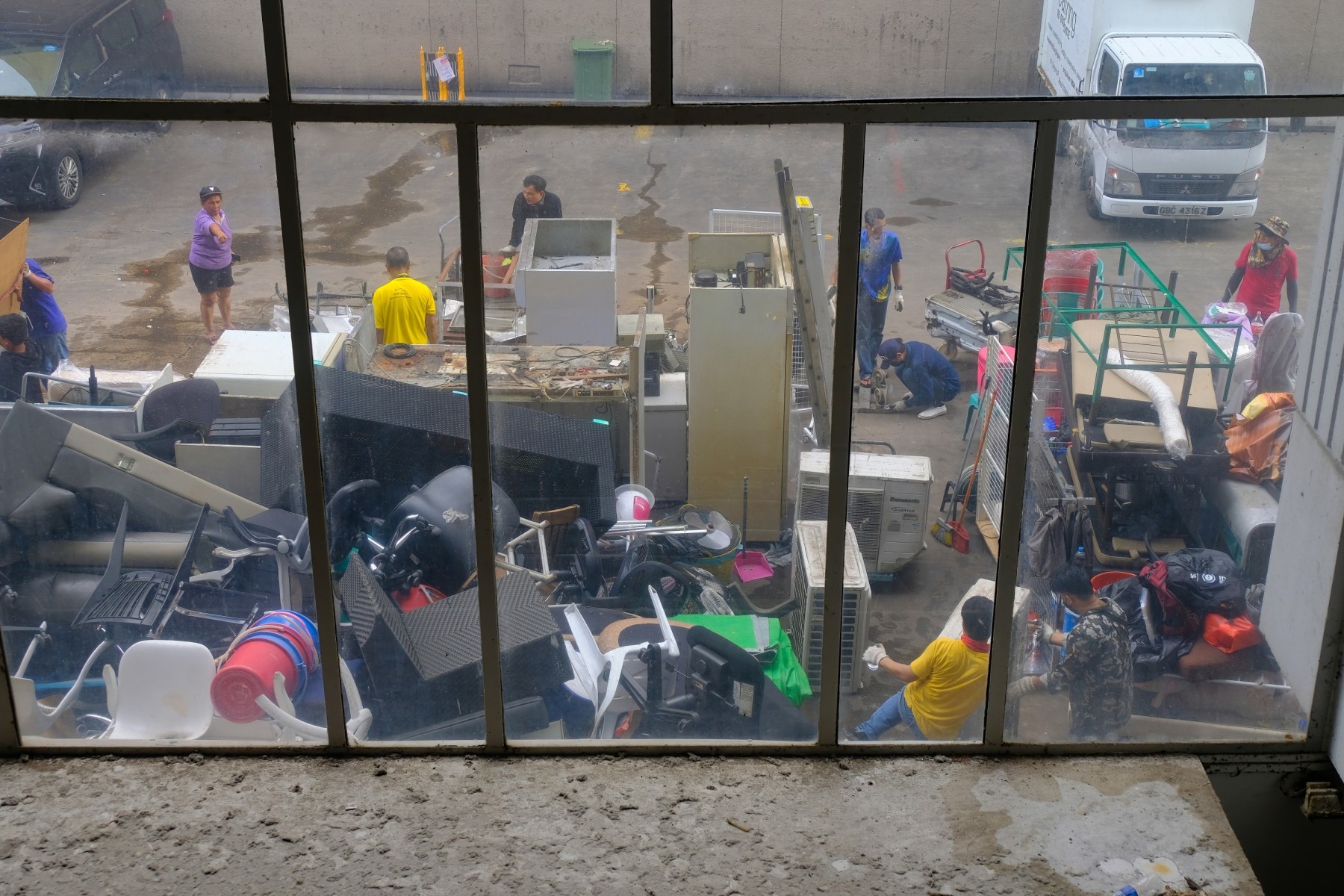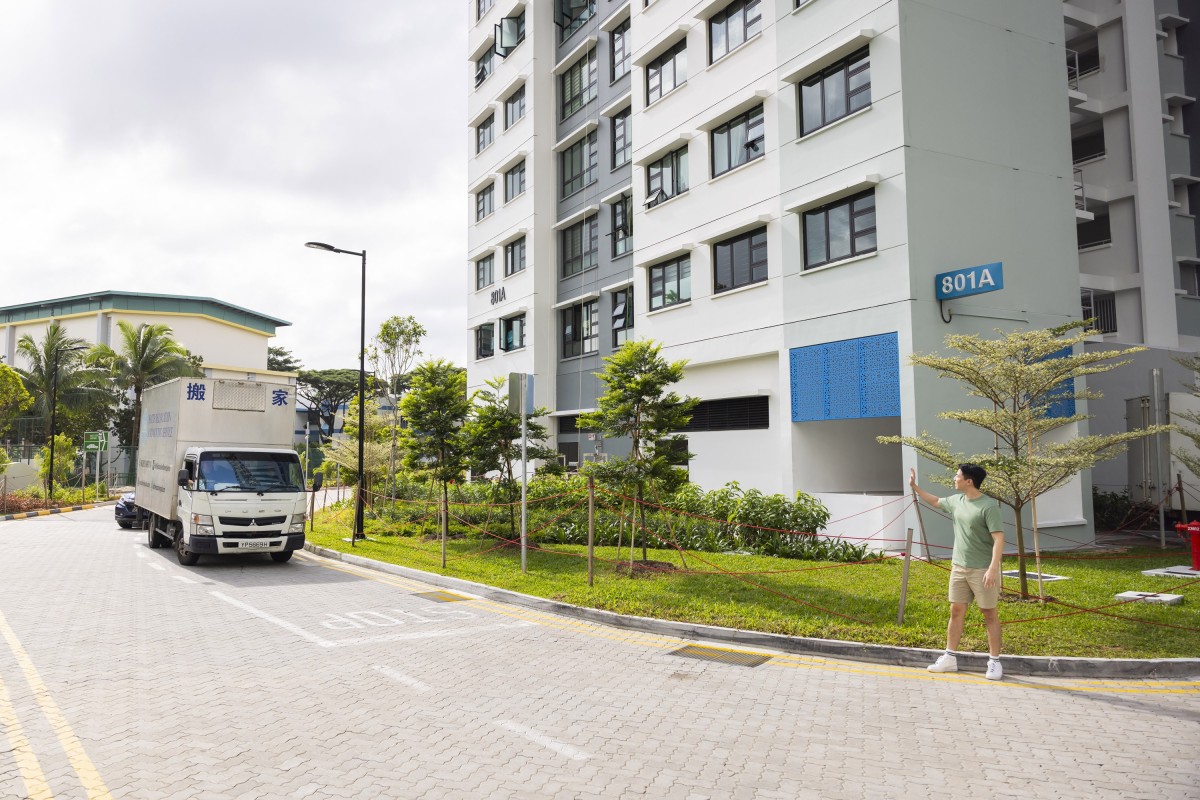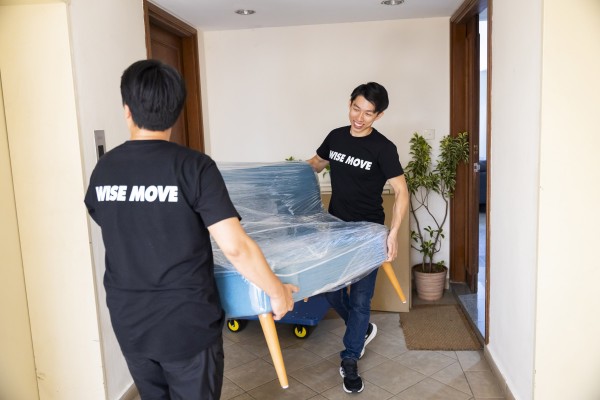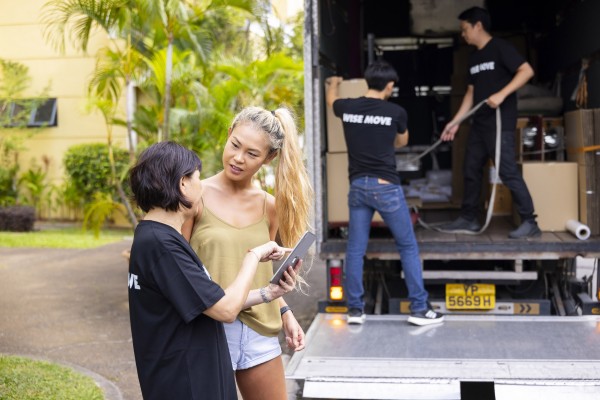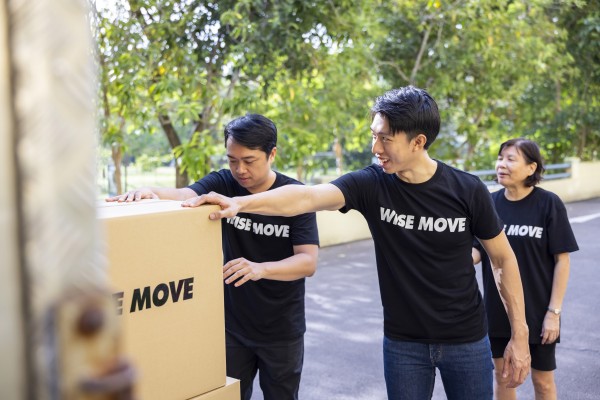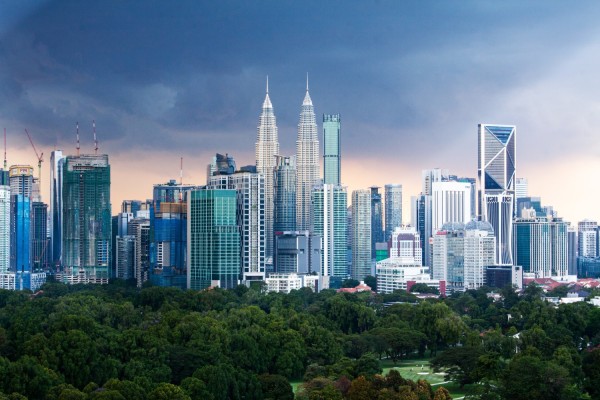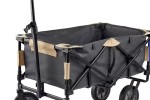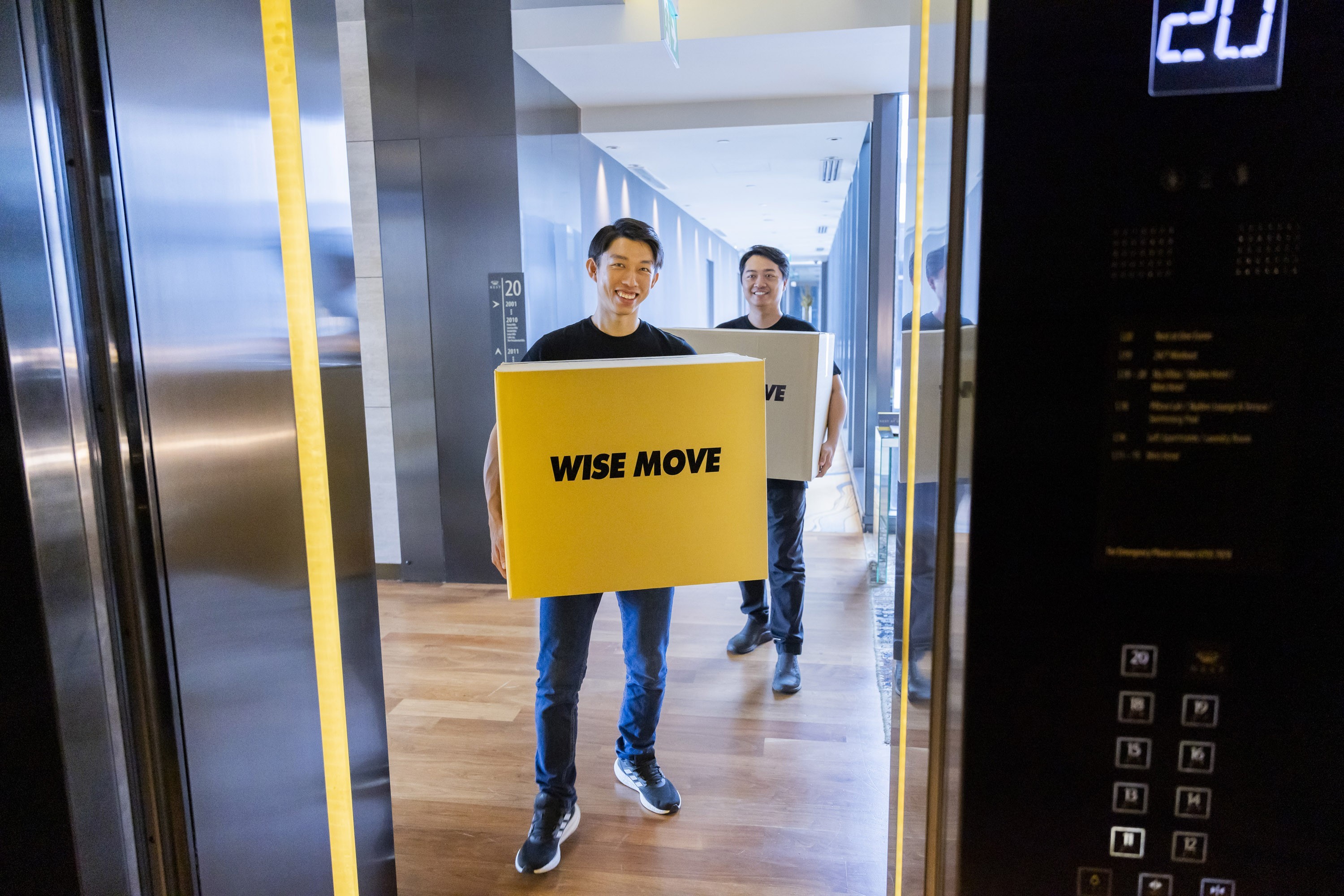
Moving offices in Singapore is a big deal. It’s so much more than just packing up desks and calling a van. Whether you're expanding into a larger space in the CBD or opting for a more flexible coworking setup in the heartlands, an office move marks the start of a new chapter for your business.
But let’s be real, the process isn’t simple. From reinstatement works and coordinating with movers to getting your IT systems and Wi-Fi ready on Day 1, there are a lot of moving parts to get right.
This guide lays out everything you need to do leading up to your office move in Singapore for a smooth, hassle-free experience, with practical tips and local know-how to help you hit the ground running.
6–12 Months before the office move
Review your lease agreement
Start by checking your current lease. In Singapore, it’s standard for commercial leases to include reinstatement clauses, which means you'll likely need to return the office to its original condition—think painting, removing fixtures, and more.
Set a moving budget
Office relocations in Singapore often come with more costs than you might anticipate, and they can add up quickly if you’re not careful. Beyond the obvious expenses, like hiring trusted office movers or buying new office furniture, there are plenty of hidden or variable costs to account for. Think IT infrastructure upgrades, temporary storage for equipment, reinstatement works required by your lease, or even deep cleaning and disinfection services to meet building handover standards.
It’s worth mapping out each cost category in advance so you’re not caught off guard mid-move. Include a 10–15% contingency buffer in your budget to cover any last-minute surprises, like delays, out-of-scope works, or equipment that doesn’t survive the move.
Appoint an Office Move Coordinator
An office move involves multiple departments, timelines, vendors, and moving parts, which is why appointing a dedicated move coordinator is a game changer. This person becomes your internal project manager for your office move, overseeing everything from planning and communication to execution and troubleshooting on moving day.
Ideally, they’ll be supported by a small relocation committee with key representatives from HR, IT, Facilities, and Operations. This ensures decisions are made with every team’s needs in mind, and that no details fall through the cracks. A clear chain of communication will also help reduce friction and keep the entire move running smoothly.
Shortlist and secure a new office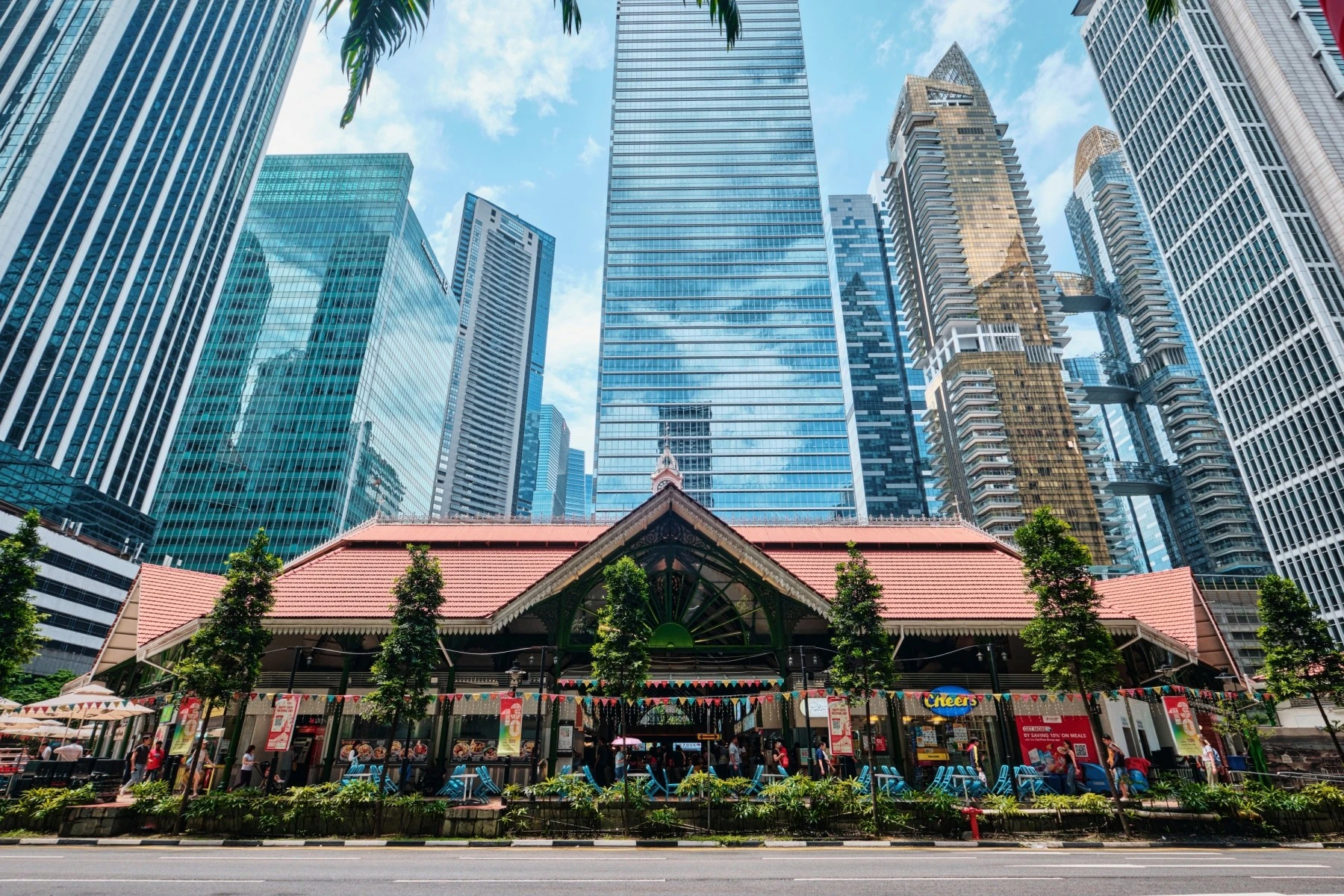
Choosing your next office space is one of the most strategic decisions you'll make during this process, and it goes far beyond square footage. In Singapore’s fast-paced commercial landscape, the right location can improve team productivity, client accessibility, and even your brand presence.
When shortlisting potential spaces, weigh factors like:
-
Proximity to MRT and major bus lines for easy staff and client access.
-
Availability of parking for key staff or service providers.
-
Building amenities, such as 24/7 access, security features, lift access, and loading bays.
-
Nearby conveniences that improve your staff's day-to-day work life—things like coffee shops, food courts and takeaway spots, gyms and banks
Working with a property agent who understands local commercial leasing and zoning requirements can also save you time and ensure you’re not missing any important considerations before signing.
3–6 Months before the office move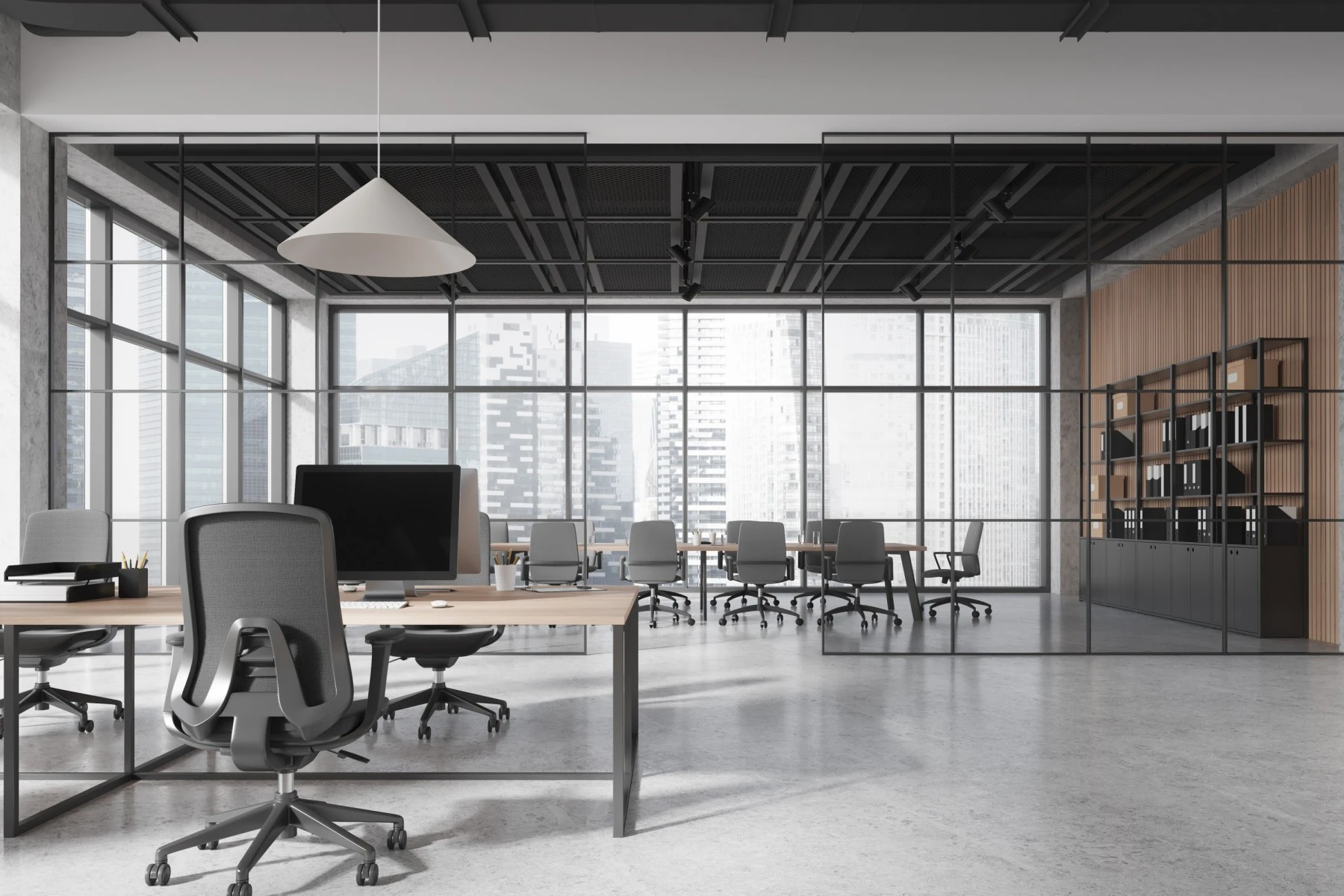
Design the layout of your new office space
A fresh space is a perfect opportunity to rethink how your team works together and how the physical environment can support productivity, collaboration, and comfort. Before you start unpacking boxes, work with a space planner or interior designer who understands local building codes and office trends in Singapore. A well-designed layout does more than just look good. It ensures you're compliant with safety regulations and that every square metre of your new space is used efficiently.
Key considerations include:
-
Meeting SCDF fire safety and evacuation requirements.
-
Creating functional zones like pantries, huddle rooms, and breakout spaces.
-
Planning for power points, network ports, and data cabling from Day 1.
Taking the time to plan upfront will save you a lot of frustration later on, especially when the team starts settling in.
Notify stakeholders
An office move affects more than just your internal team. It affects your clients, vendors, service providers, and even regulatory authorities need to be kept in the loop. It’s essential to communicate the move early and clearly to avoid confusion or disruption to your business operations.
Internally, share the move timeline with staff and prepare teams for any temporary changes or interruptions. Externally, update your address with key platforms and partners to ensure business continuity. In Singapore, this includes:
-
Updating ACRA (within 14 days of relocation).
-
Notifying your bank.
-
Informing vendors and utility providers.
-
Updating your website, Google listing, and business directories.
Proactive communication goes a long way in making the transition seamless for everyone involved.
Book a trusted moving company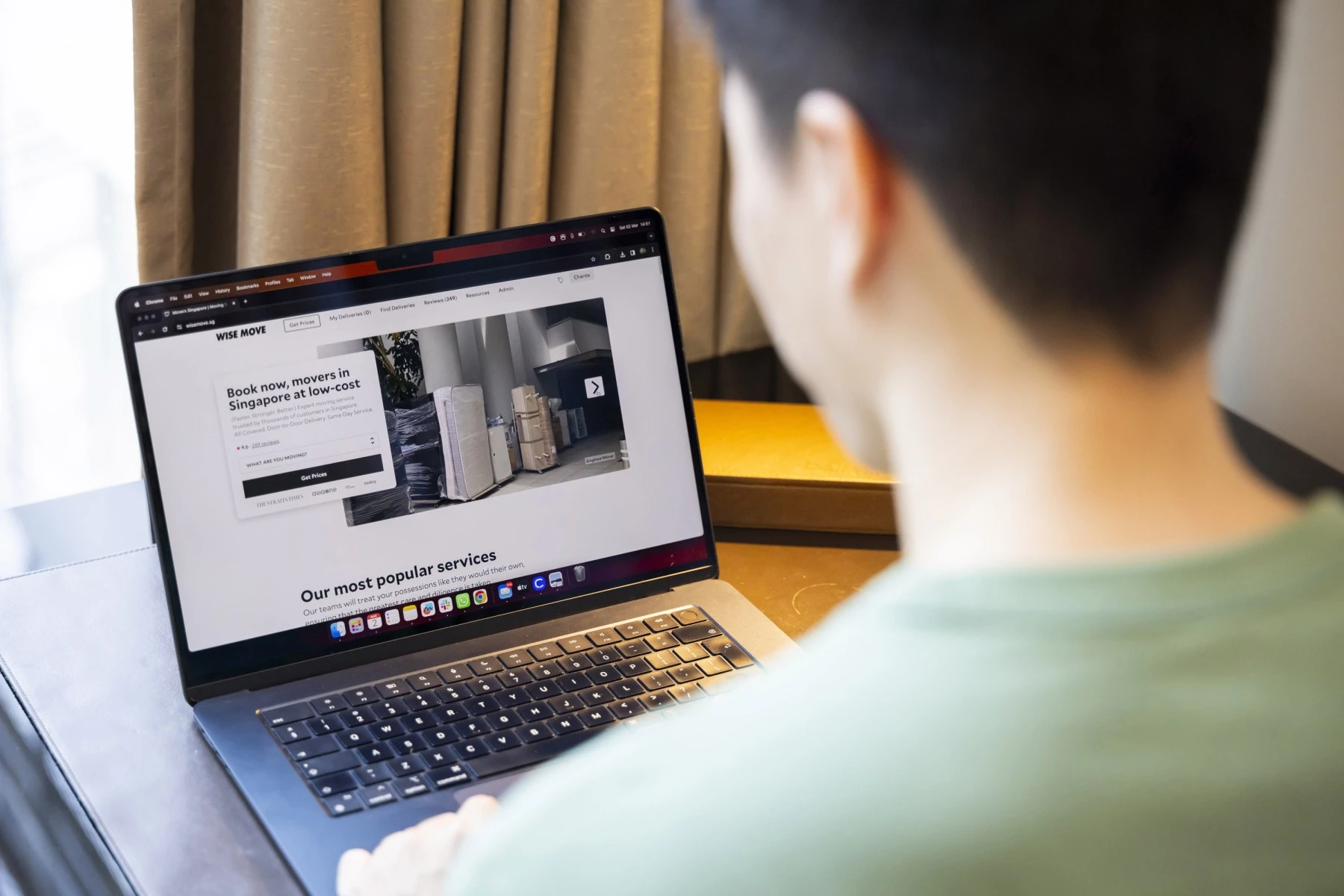
When it comes to office moves, experience matters. Unlike home moves, commercial relocations involve sensitive equipment, strict building access hours, and the need to minimise business downtime. Booking the right office moving company early can make all the difference in how smoothly the day goes.
Don’t wait until the last minute. Instead:
-
Submit your delivery request and get multiple quotes from reputable movers.
-
Check their insurance and that they offer liability coverage. Professional moving companies should have this in place.
-
Check customer reviews and services to ensure they’ve handled office relocations before.
-
Confirm availability for weekend or after-hours moves, which are often required by Singapore commercial buildings.
Use Wise Move to compare quotes and book a vetted Singapore moving company that understands the ins and outs of commercial buildings, from loading bay logistics to lifting access restrictions.
Cleaning, disposal and handover prep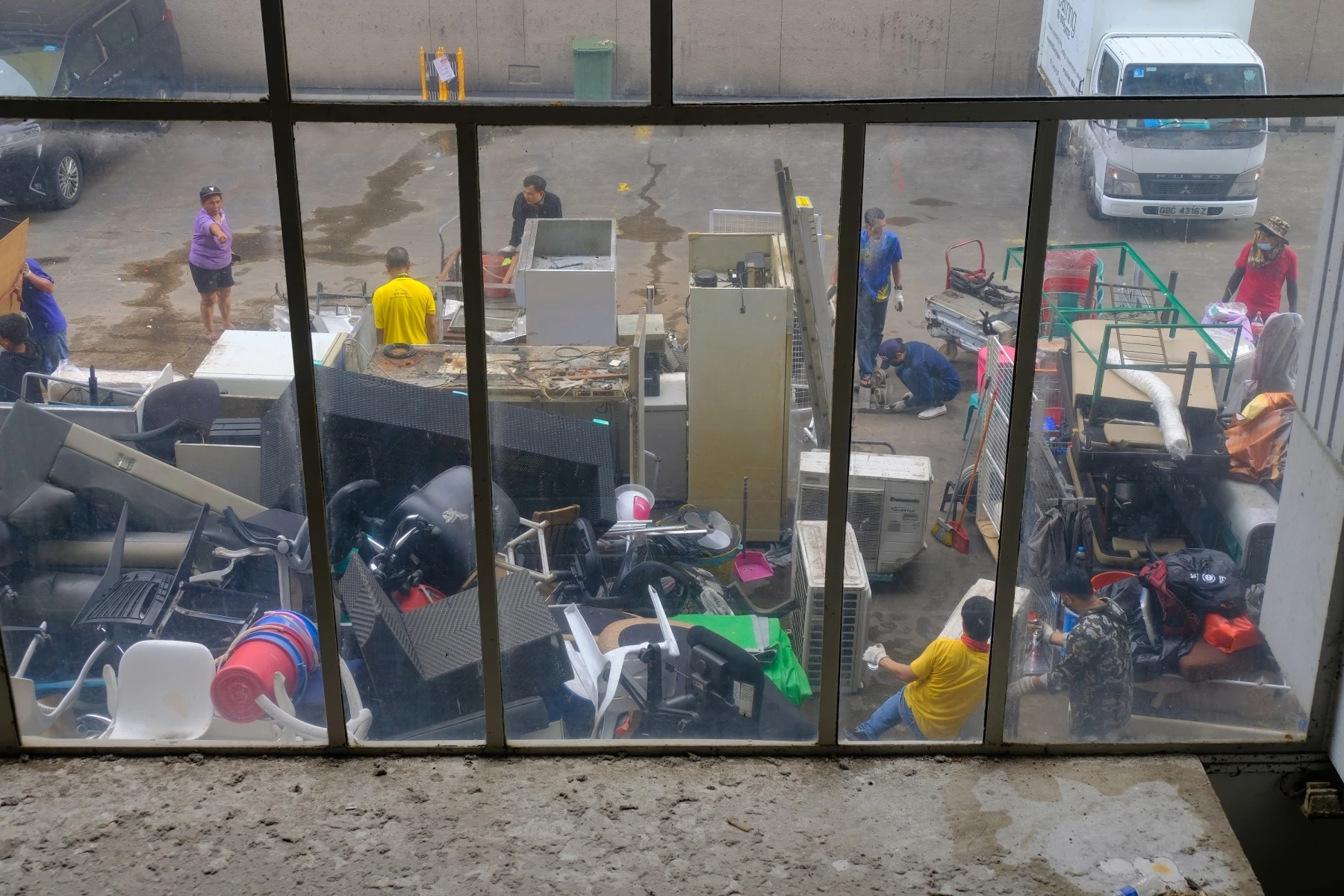
Most Singapore office leases require you to return the space to its original, bare condition—that means more than just clearing out furniture. You'll need to plan for reinstatement works, professional cleaning, and potentially the safe disposal of equipment and electronics.
This often includes:
-
Repainting walls and ceilings.
-
Removing built-in shelves, glass partitions, or branding.
-
Deep cleaning carpets, floors, and air-con vents.
-
Hacking down cabling or suspended ceilings if installed.
As you prepare for this stage, use it as a chance to declutter your office thoroughly. Dispose of old stationery, broken furniture, outdated tech and electronic waste. For items and furniture you no longer need that are still usable, you can there are plenty of spots in Singapore where you can donate them. Streamlining what you take with you makes the move more efficient and reduces what you’ll need to unpack and organise in the new space.
Once the office is cleared, book a final clean so it’s inspection-ready. For any electronic waste (e.g. monitors, printers, servers), engage an NEA-licensed e-waste recycler who can provide disposal certificates if required. Taking care of these final steps properly helps avoid deposit deductions and ensures a smooth handover to your landlord or incoming tenant.
1–2 Months before the office move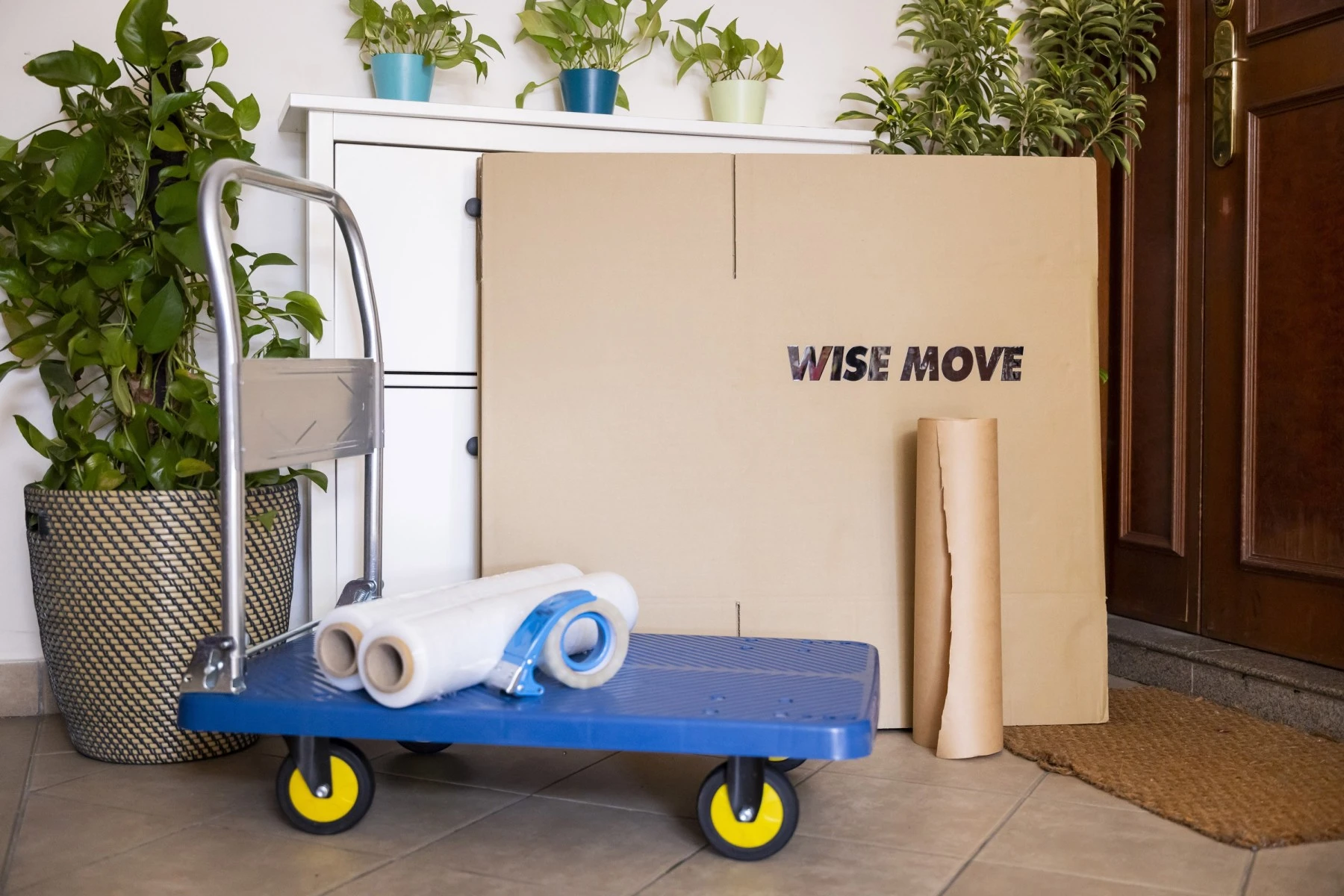
Get smart about packing
A month or two before your office moving date is a good time to focus on packing and doing it well can make your move-in experience at the new office far more efficient.
Here are some practical tips to help your team pack with purpose:
- Get the right packing materials: Use sturdy cardboard boxes, bubble wrap for fragile items, ziplock bags for cables and adapters, anti-static sleeves for electronics, and packing tape that holds. Avoid flimsy boxes or reused ones that might collapse in transit.
- Start early and pack gradually: Begin with non-essential items like archived files, excess stationery, or décor. Leave everyday equipment for last.
- Label everything clearly: Label each box with its contents and the intended room or department in the new office. Use a colour-coded system if needed.
- Assign department-specific packing zones: Let teams pack their own items so they know where everything is when unpacking. This creates accountability and reduces confusion.
- Protect sensitive equipment: Use bubble wrap, anti-static bags, or original boxes for electronics. Mark them as fragile.
- Declutter as you go: Moving is the perfect time to get rid of what you no longer need. Donate old furniture, recycle unused stationery, and dispose of e-waste properly.
You may also want to create a basic inventory list for each team or zone. This helps track items and speeds up the unpacking process at your new space.
Handle the IT side of things early
If there’s one thing that can throw a wrench in your move, it’s tech delays. From servers to phones to Wi-Fi, your IT setup is what keeps your business running, so it needs to be up and ready the moment your team steps into the new office.
Start by mapping out all the essential systems you’ll need to migrate, and coordinate closely with your IT team or service providers to ensure a seamless switchover. In Singapore, where office buildings often have strict access policies and limited support hours, advance planning is super important.
You’ll want to arrange:
-
Internet and phone line installation well in advance
-
Server relocation and backup systems
-
Setup of routers, cabling, and Wi-Fi zones across the new space
-
Testing of cloud-based platforms like Google Workspace or Microsoft 365
Be sure to test everything before your first working day to avoid surprises. Even a single day offline can have a big impact.
Update your business assets
Once your new address is confirmed, it’s time to refresh your brand touchpoints. These small but important updates ensure clients and partners can reach you without confusion and help reinforce your professional image.
Make sure to update:
-
Business cards and employee ID tags.
-
Exterior and interior signage.
-
Email signatures and staff contact templates.
-
Google Maps and Apple Maps business listings.
-
Letterheads, invoices, and digital document templates.
If you work with a design or print agency, let them know early so they can prepare assets for rollout before your move.
Finalise cleaning and reinstatement
As you approach moving day, it’s crucial to lock in your cleaning and reinstatement contractors. Many Singapore landlords require professional reinstatement to restore the space to its original condition, which can include removing false ceilings, partitions and built-in cabinetry, as well as repainting all walls.
Ideally, schedule your cleaning after all furniture and fittings have been removed and out of the way. This ensures a proper deep clean and helps you pass the final inspection without issues. Landlords can be strict, and failing to meet reinstatement conditions may result in forfeited deposits or extra fees, so it pays to get this part right.
Office moving week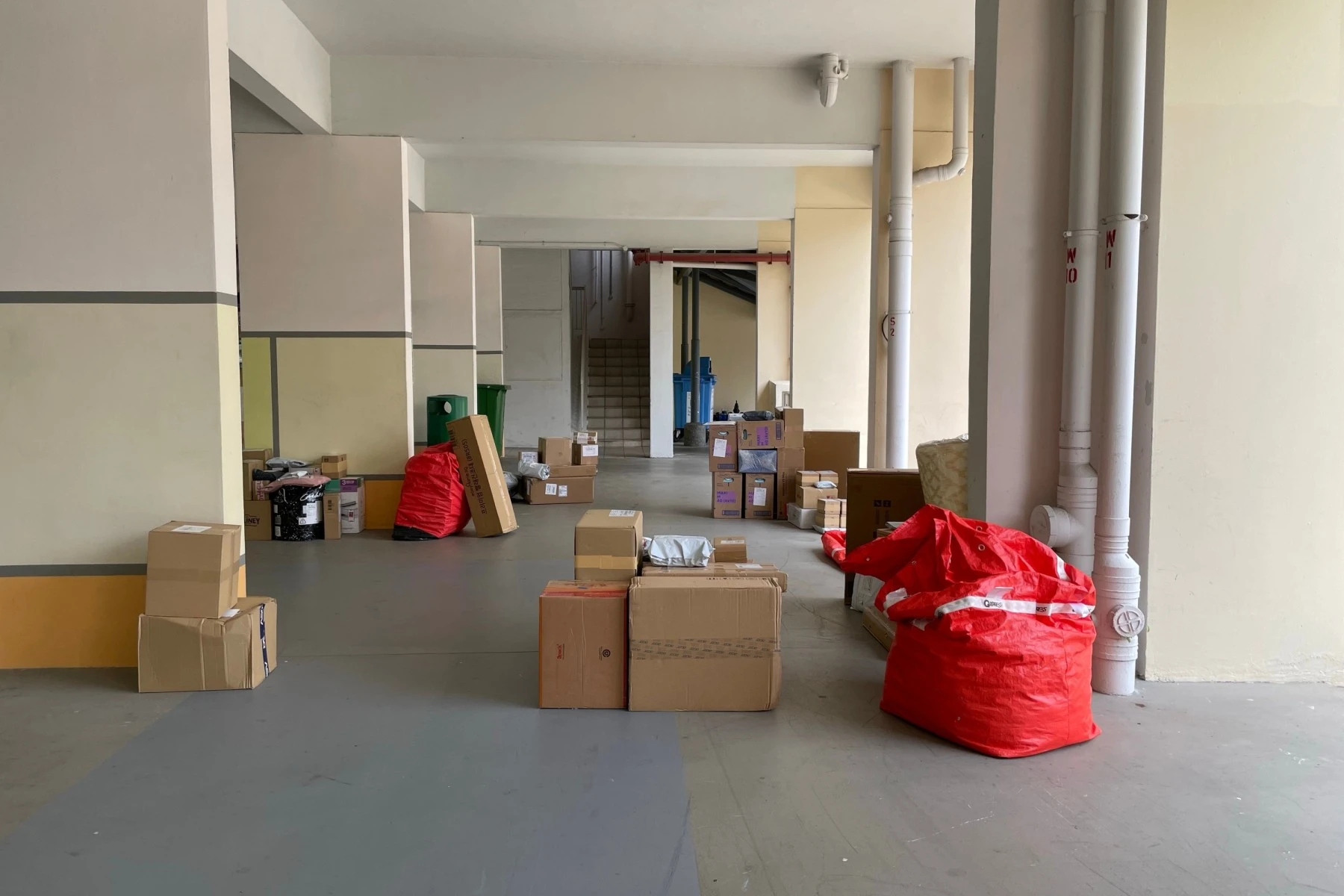
Create a move-day essentials box
Moving day will be busy and chaotic. The last thing you want is to be digging through boxes to find a plug adapter or roll of tape. That’s why it’s worth putting together a “go-to” essentials box packed with all the items you’re likely to need on the day.
Think of this as your emergency kit, designed to keep things running smoothly while the rest of your office is in transit. Keep it with your move coordinator or office manager, and make sure it travels with you, not on the moving truck.
Include items like:
-
Important documents (contracts, floorplans, handover forms).
-
Stationery (pens, notepads, labels, permanent markers).
-
Power strips, multi-plugs, and device chargers.
-
Cleaning supplies (wipes, sprays, rubbish bags).
-
Tools (scissors, screwdrivers, masking tape).
-
Snacks, water, and a stash of coffee for the team
A bit of preparation here goes a long way in reducing stress on the day itself.
Do a final office walkthrough
Before handing back the keys to your old office, it’s crucial to do one last walkthrough, ideally with your landlord or property manager if possible. This helps ensure everything is in order and gives you a chance to spot anything that might have been missed.
Use a simple checklist and go room by room. Make sure:
-
All equipment, furniture, and documents have been removed.
-
Power, lights, and electrical appliances are turned off.
-
Air-conditioning is off or programmed to building requirements.
-
Access cards, lift passes, and physical keys are collected and returned.
Doing this final sweep can save you from post-move headaches or unexpected deductions from your security deposit. Treat it as the closing chapter to your office handover, and your smooth start at the new one.
Office moving day
When moving day arrives, it's all about coordinating with your office movers and with your team. Having a well-organised plan makes all the difference between a smooth transition and a stressful scramble. By this stage, your items should be packed, labelled, and ready to go, but the real coordination begins when the movers arrive.
Here’s how to keep things running efficiently on the day:
Assign a move-day coordinator
This should be the same person (or team) who’s been overseeing the relocation project. They’ll act as the go-between for your moving company, building management, and internal team.
Brief your team ahead of time
Make sure everyone knows where to be and what their role is. Some staff may help with directing movers, managing inventory checklists, or unpacking at the new location. Others may work remotely if the office is temporarily offline.
Coordinate with your movers on-site
Provide movers with floorplans, access details, and clear instructions for where each department’s boxes and furniture should go in the new space. Assign someone to accompany them for both the move-out and move-in process.
Ensure lift and loading bay access is secured
Many commercial buildings in Singapore require prior booking for loading bays and service lifts, especially if you’re moving during off-hours. Confirm this at least a day in advance.
Handle keys, cards, and sensitive items separately
Items like office access cards, hard drives, laptops, and company documents should travel with a trusted staff member, not on the moving truck.
Moving day may be fast-paced, but with good communication and delegation, it can also be a highly productive and energising milestone for your business.
Settling into your new office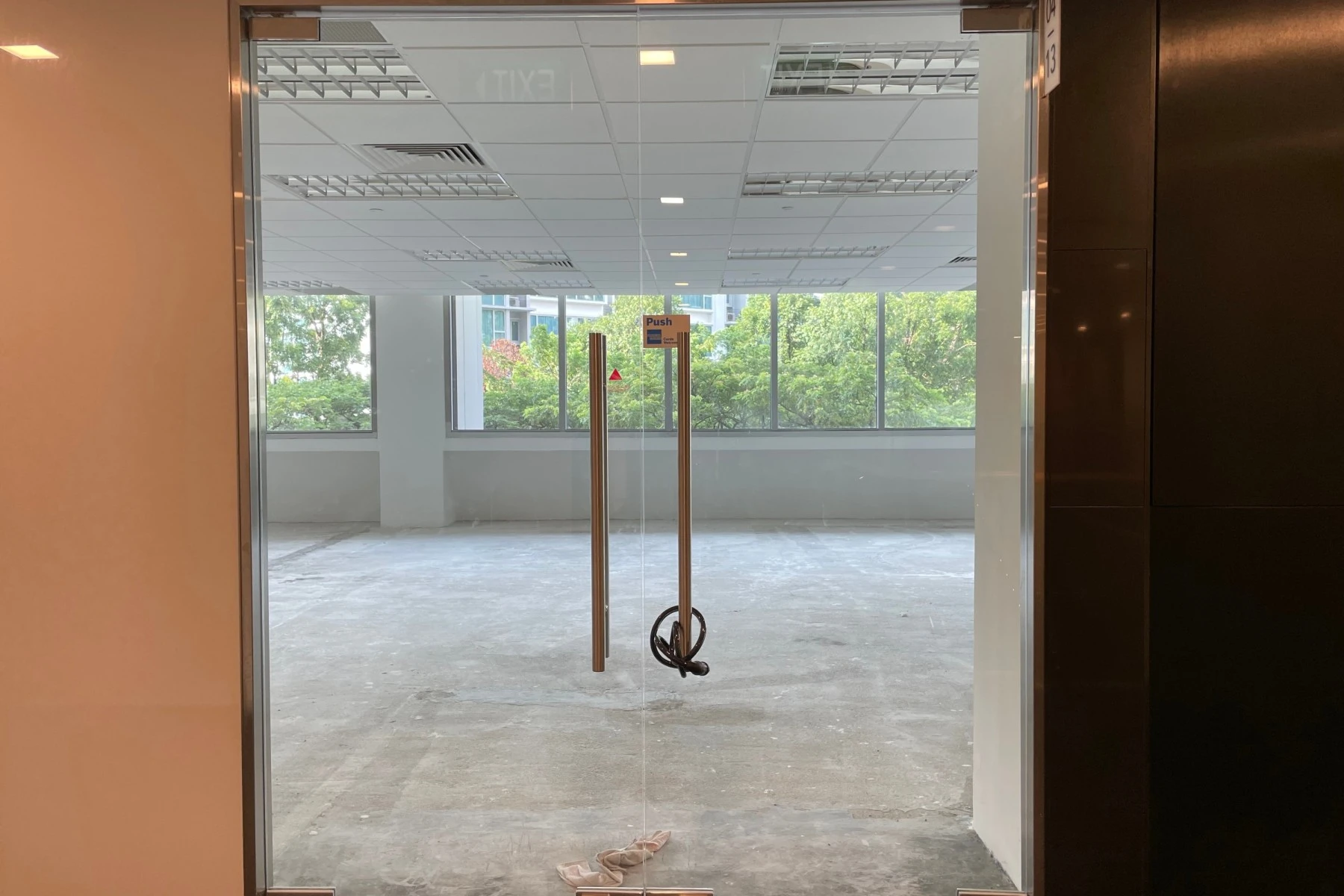
Test systems and equipment
Once the boxes are unpacked and your team has settled in, it’s time to make sure everything works as it should. A smooth first day in the new office depends on your IT and operations running without a hitch — so don’t skip this final step.
Start by running a full test of:
-
Internet connection and Wi-Fi coverage across the office.
-
Phone systems, including call forwarding or VoIP lines.
-
Internal networks, printers, and any shared drives or devices.
-
Access control systems (e.g. keycard entry, visitor registration)
Check that employees have their workstations set up, logins are functioning, and any shared systems like meeting room bookings or team software are fully accessible. Fixing these things early avoids lost productivity and builds confidence in your new space from day one.
Send out a change of address notice
Now that the move is complete, it’s important to let the world know where to find you. A formal change-of-address notification helps clients, vendors, and service providers update their records — and ensures nothing gets lost in the shuffle.
Update your address across:
-
Email footers and digital correspondence.
-
Company website and contact forms.
-
Google Maps and online directories.
-
Business invoices and legal documents.
To keep things engaging, consider sending a “We’ve Moved!” email to your mailing list or posting about it on LinkedIn. Some companies even mark the occasion with a soft relaunch event or an open office day—a great opportunity to reintroduce your business in a fresh, exciting way.
Gather staff feedback
What went well? What would you change next time? Once the dust has settled, take a moment to reflect on how the move went and get input from your team who experienced it first-hand. Office relocations affect everyone differently, so it’s important to understand what worked well and what could be improved.
Set up a quick feedback loop within the first week or two after the move. This could be a short survey, a casual debrief session, or even an anonymous form for more candid responses. Ask about:
-
The clarity of communication and move-day instructions.
-
Any challenges they faced setting up their workstations.
-
Suggestions for improving the experience in future moves.
This isn’t just about logistics, it’s a chance to show your team that their opinions are valued. Plus, if you ever relocate again, you'll have a solid starting point to make the process even smoother next time.
Office relocation in Singapore FAQs
Do I need to notify ACRA when I move offices?
Yes, you must update your company’s registered address with ACRA within 14 days of relocating. You can do this online via BizFile+.
Can I move office over the weekend?
Yes, but check your building’s after-hours access policies. Many Singapore office buildings require special permits or have service lift restrictions on weekends.
Do I need professional reinstatement services?
In most cases, yes. Commercial leases typically require tenants to return the unit to its original condition. This might include hacking down walls, repainting, or removing wiring.
What’s the best way to dispose of old electronics?
Use an NEA-approved e-waste recycling partner such as ALBA or Virogreen. They can provide documentation of proper disposal if needed for compliance.
How can I minimise downtime?
-
Plan your move over a public holiday or weekend
-
Set up IT and internet at the new site before your team arrives
Book movers with experience in business relocations
What do our customers say?








